1. Centralized or decentralized?
“In the past, everyone knew everyone. Communication was simpler, faster, and straightforward. Everyone had more oversight and helped each other. Now we’ve grown and have many process descriptions, regulations, and more division of labor. People only feel responsible for their part and think in silos. Our customers appreciate us for our quality and precision, but they are very dissatisfied with our speed and flexibility!”
We should fundamentally rethink the entire organizational structure – but what options are there?
THEBREATHINGORGANIZATION.


2. The central organization creates synergies.
When resources are consolidated, it becomes easier to establish uniform methods and processes and implement standards more effectively. Platform concepts can be successfully implemented.
However, this comes at the expense of cross-functional collaboration and speed. There is a lack of market and customer orientation.
THEBREATHINGORGANIZATION.
3. The decentralized organization creates market proximity.
To optimize this, many companies establish decentralized units with Profit & Loss responsibility. Entrepreneurs within the organization have clear outcome goals. With end-to-end responsibility, they overcome interface barriers. It’s akin to the principle of “fast boats in a fleet”.
However, internal entrepreneurs can quickly develop departmental egos. Mutual resource exchange becomes difficult, if not impossible. Synergies are often lost along the way.
Revenue may increase, but so do costs.
What now?
THEBREATHINGORGANIZATION.


4. The best of both worlds.
The BREATHING ORGANIZATION combines the advantages of both centralized and decentralized structures. Entrepreneurial units with end-to-end responsibility and pooled capacities leverage standards, modules, and platforms for scalability effects. Market proximity and speed are enhanced, and synergy effects can be realized.
The “secret” of the Breathing Organization lies in keeping market-oriented profit centers as lean as possible. They are managed with few key players in roles such as M, T, P (Market, Technology, Project leader). Central areas like development consolidate resources for better utilization. Tools and methods can be harmonized, and standards, modules, and platforms can be established.
The Gordian knot of “central or decentralized” is untied. It creates a Best-Of blend of synergy and market orientation.
THEBREATHINGORGANIZATION.
5. You only have one shot.
Restructuring an organization is one of the most significant challenges that people in a company face. Responsibilities and areas of influence change, careers take new paths. “I’m getting a new boss – will we get along? Will I be capable of the new role?” This must be acknowledged and respected.
Companies that recognize a necessary change too late or fail to implement it successfully face an even greater risk than those that do not change at all. When changing the organization, there is no room for experimentation – the shot must hit the target the first time.
A systematic approach involving
1. Potential analysis,
2. Strengths & weaknesses assessment,
3. Goal definition, and
4. Development of organizational scenarios,
– initially with the core team, then involving the new key players, ensures success.
THEBREATHINGORGANIZATION.

Self-Assessment Workshop.

Improvement Potential

Assessing ORGANIZATIONAL STRUCTURE Potential:
1. Current State Analysis.
– First, we want to understand your current situation.
2. Self-Assessment-Workshop.
– In the self-assessment workshop, we will show you best practices.
3. Action Plan.
– Based on this, you assess your need for action.
4. Improvement Potential.
– We estimate the quantitative improvement potential.
5. Vision.
– Together, we define a vision.
6. Implementation Plan.
– We establish an implementation plan.
We estimate your R&D performance.
The R&D Performance Self-Assessment.
In a 3-hour workshop with the R&D leadership team, you will learn about our methodology:
Part 1: Self-assessment of R&D EBIT cost potentials.
Part 2: Maturity level of the organization across 5 levers.
Part 3: Result interpretation.
By narrowing down through scenarios, it quickly becomes clear whether an initiative is worthwhile.


